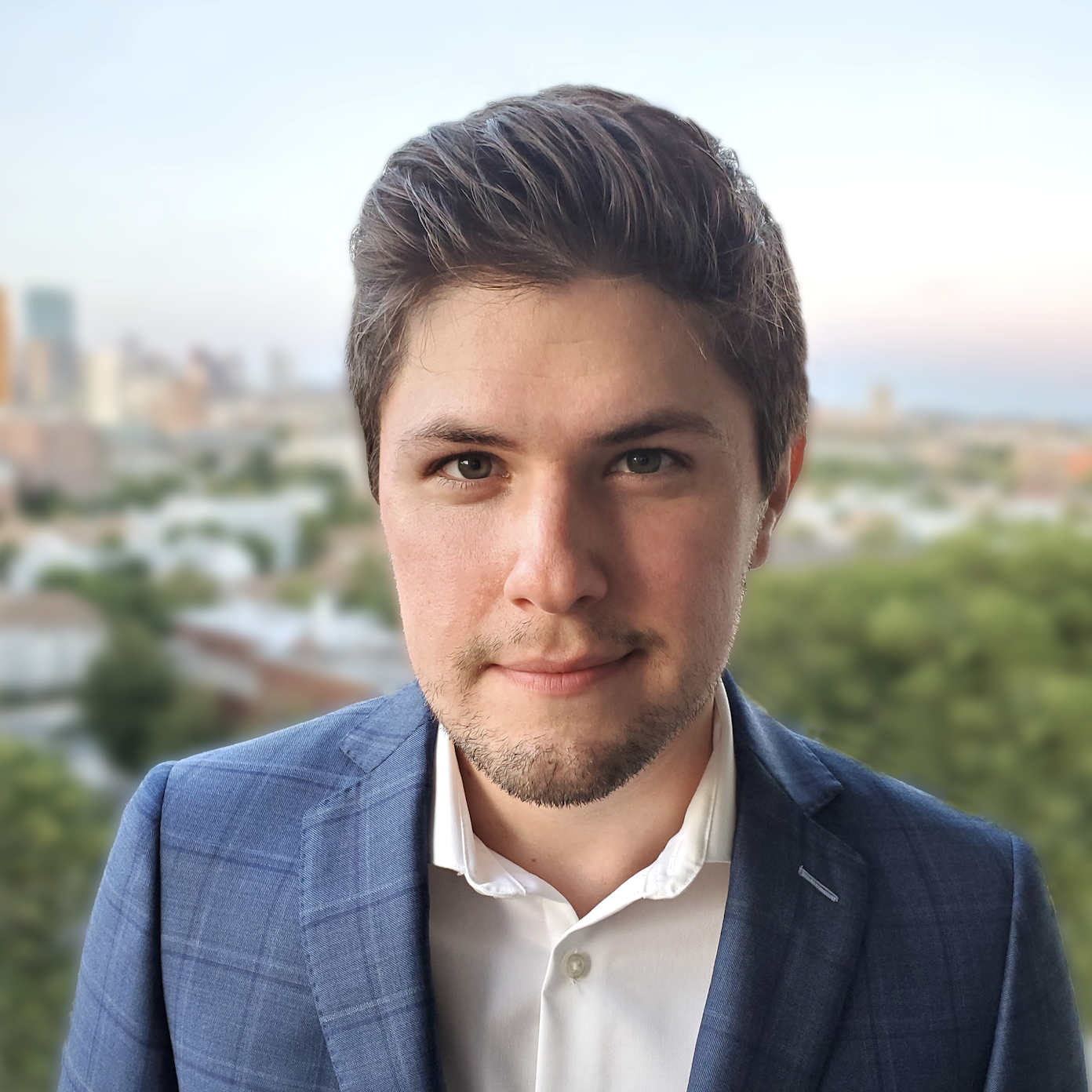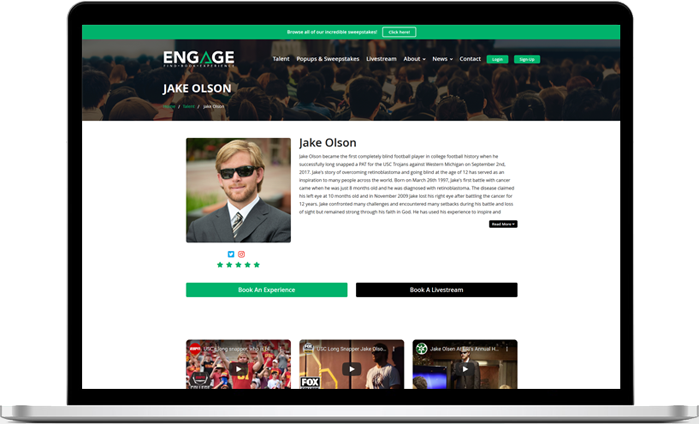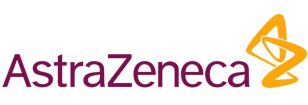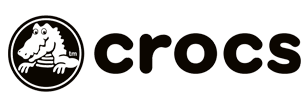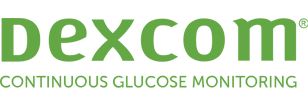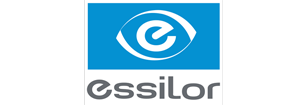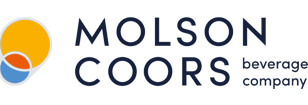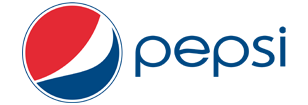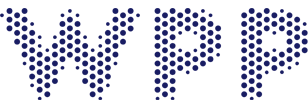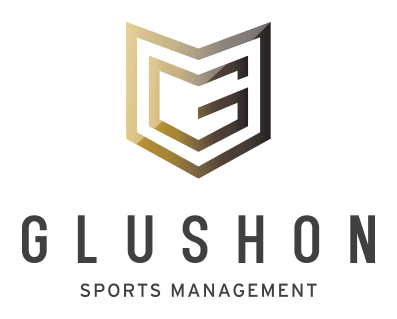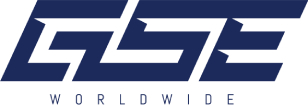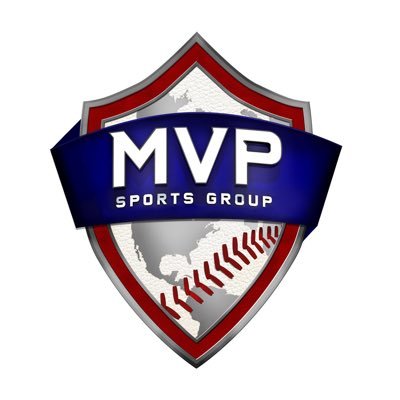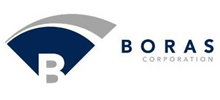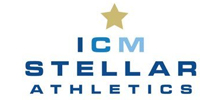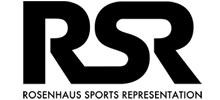My experience with rare disease is familiar to many who have heard a doctor say “There’s nothing we can do. Take them home and love them. Your time with them will be short.” In 1998, my brother, Terry, was diagnosed with Duchenne muscular dystrophy. He was three years old. My family knew this disease. It took my mom’s three brothers years before. We knew it was an unstoppable disease and we knew the clock was ticking for Terry. Over the years, we experienced the ebbs and flows of hope that came with research updates on promising new treatments, only to be told repeatedly that Terry was ineligible for the clinical trials. His mutation was excluded, he was too old, and he had to wait. The clock kept ticking and he kept losing muscle.
As I got older, I began to understand the complexities of commercial drug development and clinical trials. Ten years and two billion dollars was the benchmark to bring a new drug to market, and I didn't have either of those. The deck was stacked and Terry was losing strength and mobility every day. Finally, the emerging science behind precision medicine and gene therapy sparked real hope that Terry might have a chance. Yet the existing drug development infrastructure, which prioritizes treatments for diseases that affect large patient populations, still wasn't going to cut it for Terry. Again, he had to wait. Unless we built something new. A system that brought together researchers, clinicians, and translation experts to develop gene therapy for a patient previously deemed too rare to treat. And that was the start of my company, Cure Rare Disease.
What happened over the next three years was a blur – an organization was founded, an unprecedented collaboration of the world’s leading researchers, clinicians, and translation experts was formed, and a first-in-human therapeutic was developed, tested, and manufactured to, not only treat, but stop a disease that has never had a survivor. After hundreds of phone calls, millions of dollars raised, and thousands of hours of R&D, on a warm, sunny morning on July 15, 2022, I got the call that the FDA had approved our Investigational New Drug application, allowing the clinical trial to proceed.
Heartbreakingly, we were not able to stop the disease for Terry. He passed away during the early stages of the clinical trial due to an immune reaction to the viral vector (AAV) used to deliver the therapy. Our story does not end here. It can’t. Because there are hundreds of thousands of Terry’s waiting for their chance to hit back. Along the journey to develop a therapy for Terry, we met many of these patients and their families. All faced a future with no therapeutic options for a fatal disease. In the years since we began development on Terry’s therapy, we launched new programs for other diseases, including other rare mutations of Duchenne, Limb-girdle muscular dystrophies, SCA3, and ADSSL1. This pipeline continues to grow. Terry’s outcome is not what we hoped for, but his legacy is the model we built to develop a treatment for him. A model and team that works to treat patients deemed untreatable by commercial entities.
As a keynote speaker, I customize speaking engagements depending on the audience, sharing Terry's story and how it inspired me, delivering medical commentary, and much more. My messages resonate especially well with medical audiences. Thank you for considering me for your event!

